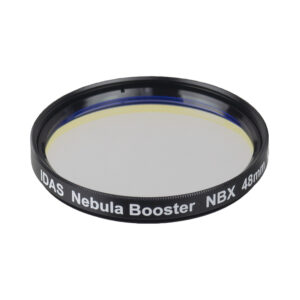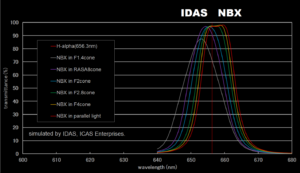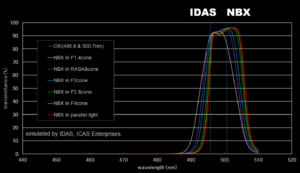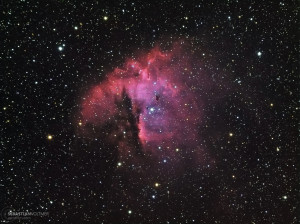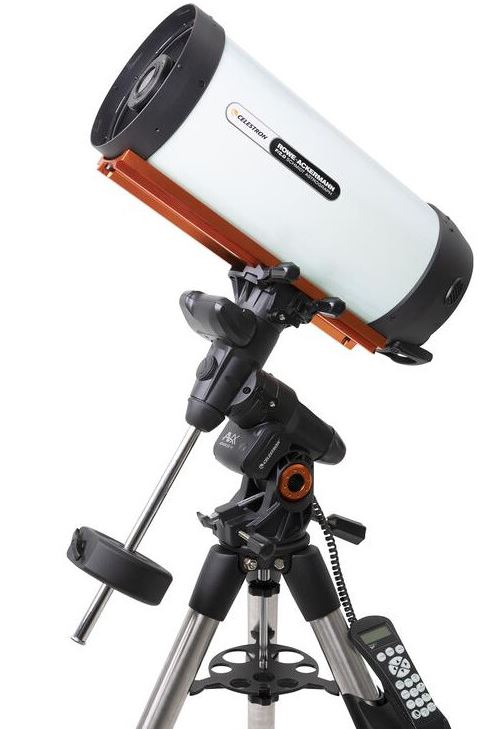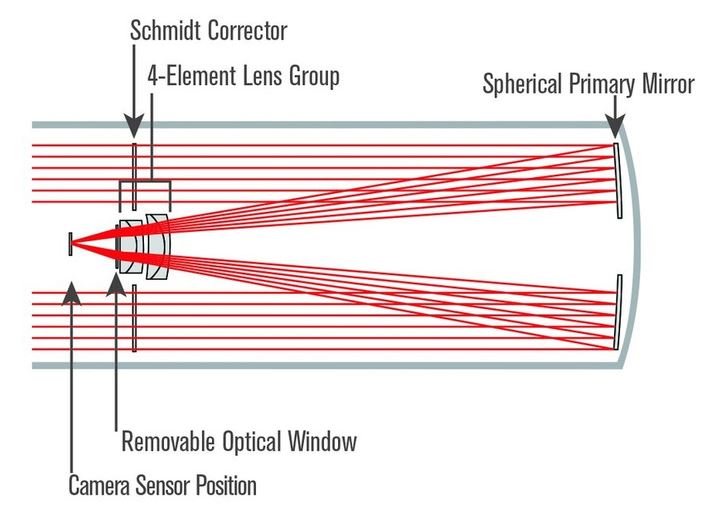A new, high quality dual band filter has appeared on the market, in the form of the NBX nebula filter from Japanese company, IDAS. It is especially efficient for nebula photography using fast optics, like the Celestron RASA, for example. Like the existing IDAS (Astro Hutech) nebula filters, the new NBX is of impeccable quality and workmanship.
The IGAD (Ion-Gun Assist Deposition) coating technology which has been specially applied to astronomical filters by the Japanese manufacturer, Astro Hutech, was originally developed for optical communication, where long-term stability (> 25 years) is required in rough field conditions.
This leads to filters with robust coatings and durable spectral stability – even at extreme temperatures and humidity levels. This stability is especially important for bandpass curves with steep sides, such as H-alpha, LPS filters and other narrow band filters. Filters with IGAD coatings almost completely eliminate bandpass shifts of +/- 3 or 4nm, which are typical with standard filters.
The NBX is a dual filter which specifically focuses on OIII and H-alpha lines. The NBX‘s transmission curves in the H-alpha and OIII ranges are very clearly illustrated in these two figures:
You can see that the IDAS NBX filter primarily realises its full potential when used with very fast optical systems and astrographs, such as a Celestron RASA, especially fast Newtonian reflectors with f-numbers between f/2 and f/4 and special devices, such as the Officina Stellare Veloce RH 200 Mark II-AT (Riccardi-Honders).
This dramatically increases the contrast within emission nebulae, which predominantly consist of oxygen (OIII) or hydrogen compounds (H-alpha). Additionally, longer exposure times are no longer required, predominantly due to the use of the above-mentioned, extremely fast optics, but also due to the NBX filter’s special contrast effects. The filter is ideal for use with ‘one shot’ colour cameras and monochromatic CMOS cameras. An IR blocking filter is then no longer required. Additionally, the NBX is parfocal with other IDAS LPS nebula filters.

